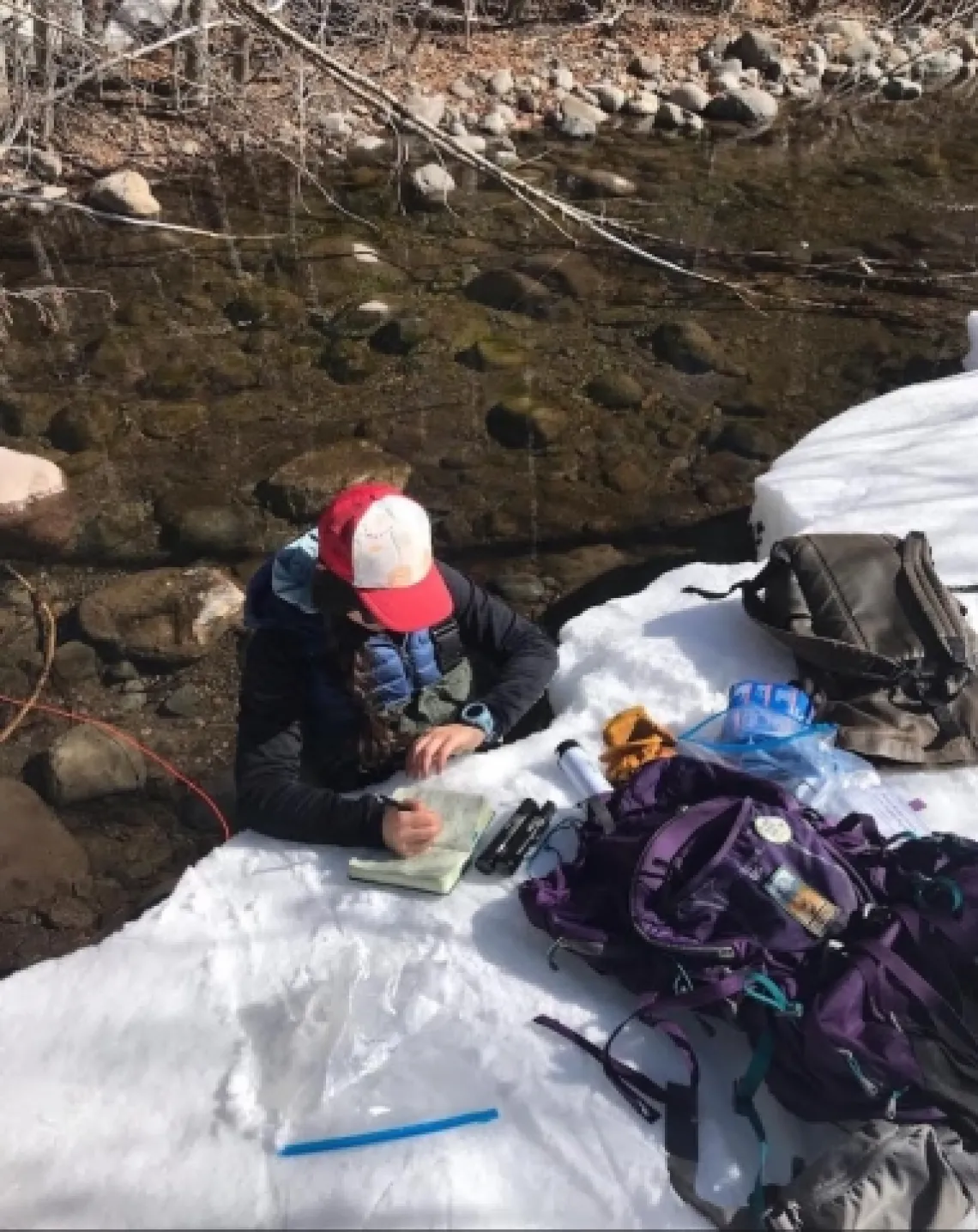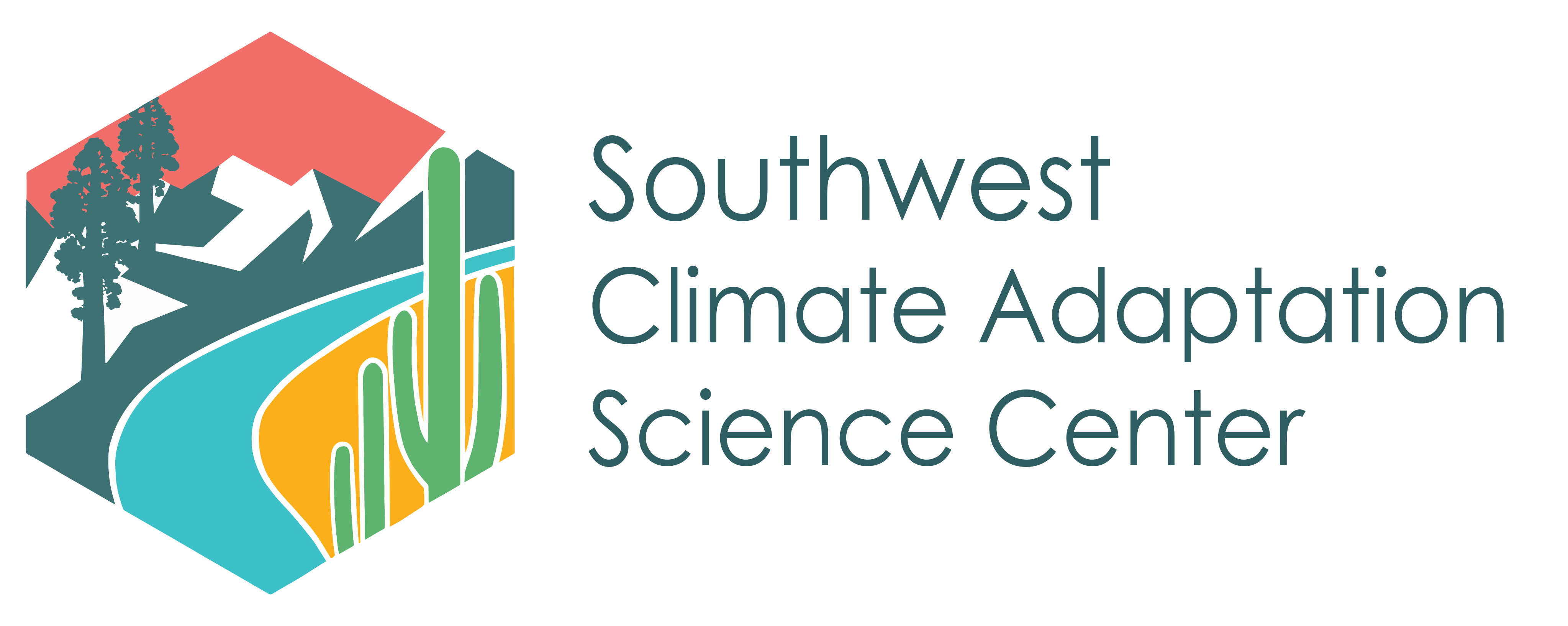Seeing the Stream for the Watershed: Identifying Opportunities for Climate Resilient Stream Restoration Practices

Kelly Loria is Pursuing a PhD in Environmental Science at the Desert Research Institute and is one of the SW CASC's 2021-2022 NRWD Fellows!
Streams are a place of integration, having both unique local site-based processes along any given riffle or pool, but also connecting time and space in their gravitational transport of materials to lowland ecosystems. They can be creatively considered as one of nature’s most active collaborations.
Traditionally, stream restoration focused on the two-dimensional approach, where upstream features dictated downstream outcomes. Recently this focus has expanded to include more dimensionality to account for the influence that lateral and vertical movements of water, materials, energy, and organisms, may collectively exert on the character of the stream corridor. This pattern of movement and stability is a dynamic equilibrium, where streams and rivers respond quickly to changes and reach a new equilibrium state. However, contemporary climate change-based threats are tipping the scales at a rate which may hamper the capacity of streams to effectively reach new dynamic equilibrium. This anthropogenetic imbalance is threatening key stream ecosystem functions around the timing, delivery, and quality of water.
As a member of the NRWD Southwest Climate Adaptation Science Center’s (SWCASC) year-three cohort, I’m excited to bring my own multidimensional approach to our topic, endangered streams: building strong and authentic bridges between science and practice to understand impacts of future water flows on aquatic ecosystems. I’m currently a PhD student working with Dr. Joanna Blaszczak at the University of Nevada, Reno to characterize seasonal patterns of carbon and nitrogen cycling in the Lake Tahoe Basin. As a part of my dissertation, I maintain a network of dissolved oxygen sensors located between mountainous headwater streams and the nearshore of Lake Tahoe to model daily gross primary productivity, ecosystem respiration, and algal biomass. I’m primarily interested in the capacity of headwater streams to transform or transport limiting nutrients such as nitrogen, which can either facilitate or limit nearshore algal growth. The equilibrium balance in mountain streams is primarily driven by streamflow, which is controlled by patterns of annual precipitation. Predications of low-snow (or snow free) futures in the Sierra will mechanistically change the way nutrients are absorbed and recycled in through western watersheds.
In southwestern streams, climate change (snow-to-rain transitions, drought, extreme weather events, etc.), land-use practices (urbanization, agricultural development, water use, etc.), and water policy—at the local, state, and federal level—can all be thought of as potential threats that lead to extinction, degradation, or loss of hydrological-ecological stream processes. Therefore, our cohort has decided to investigate which process-based stream restoration practices may alleviate threats to endangered streams in the Southwest. We seek to find solutions in this topic by reaching out to stream restoration practitioners and land managers to better understand the regional danger to stream ecosystem function they experience, reviewing the effectiveness of previous process-based restoration efforts in the Southwest, as well as reviewing the current state of water law around process-based restoration implementation in the Southwest.
The SWCASC fellowship has been a unique collaborative experience to explore the multidimensionality of water resource management in the West. Most of my scientific training has been academically structured and designed to test ecological theory as it relates to algal growth and productivity in mountain streams and lakes. While there are some very real concerns around this phenomenon, prior to this fellowship I had little experience working with actual stakeholders. Getting to work at the peer level with other early-career water professionals has helped me to gain a much broader perspective on how to create actionable science around water management. Eventually I hope these professional collaborations will help me to build strong and authentic bridges between science and practice to better understand the natural collaboration between aquatic ecosystems and their watersheds in ways that increase resilience to future threats.

